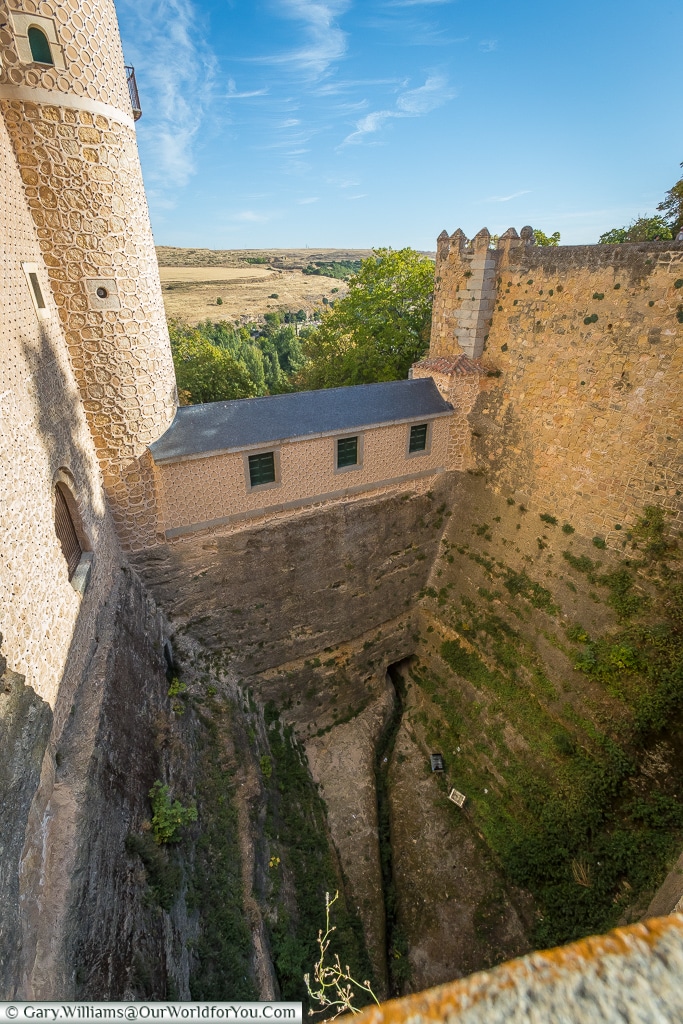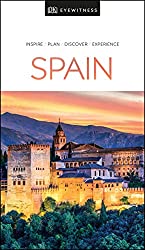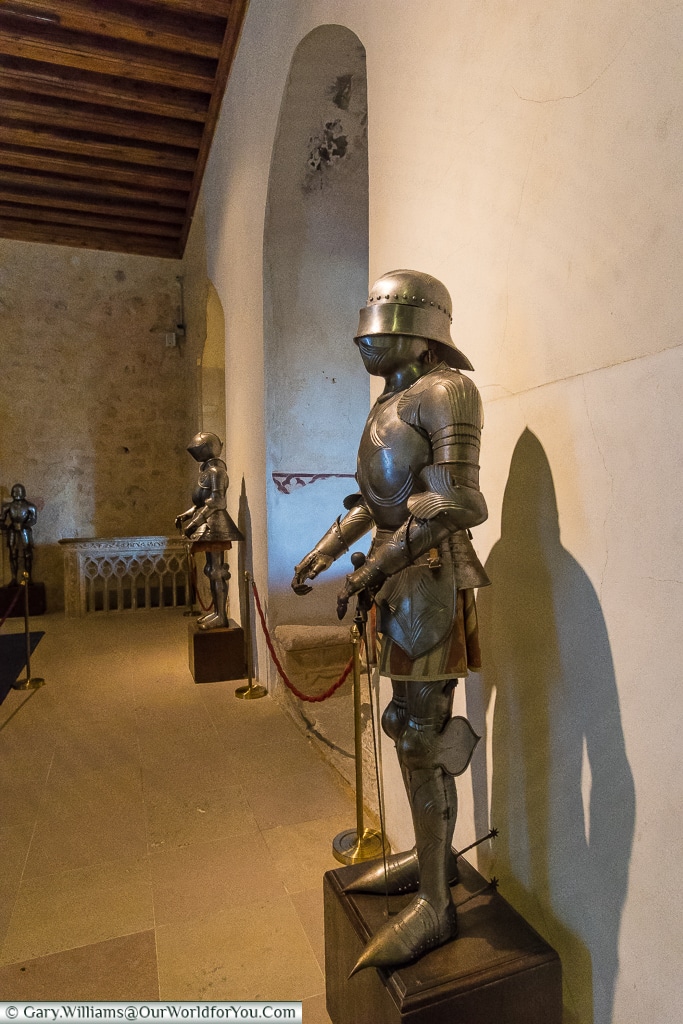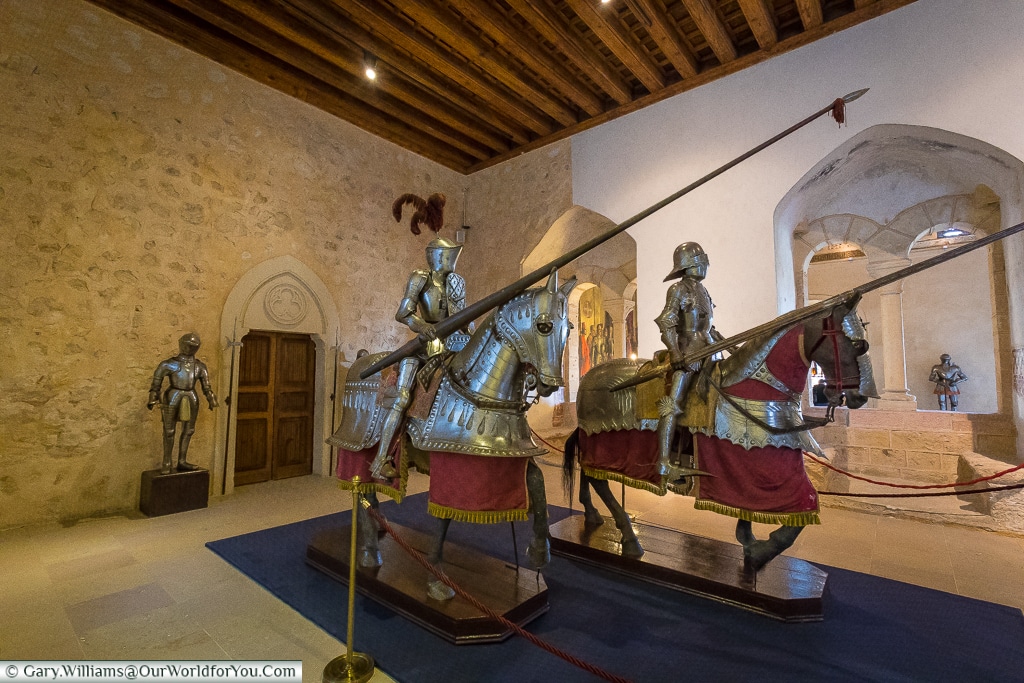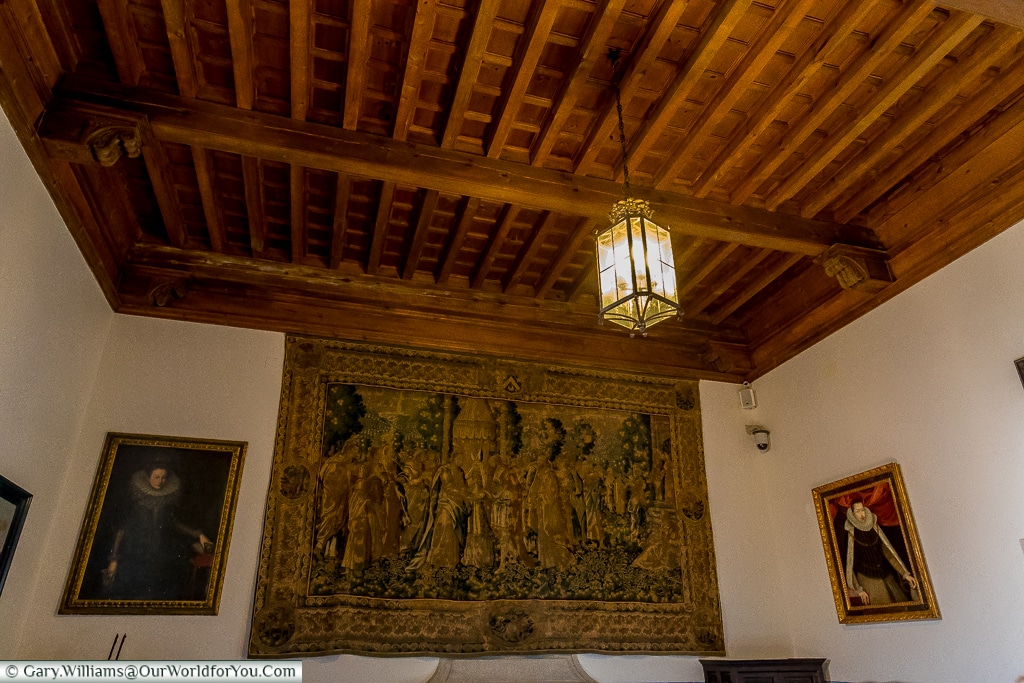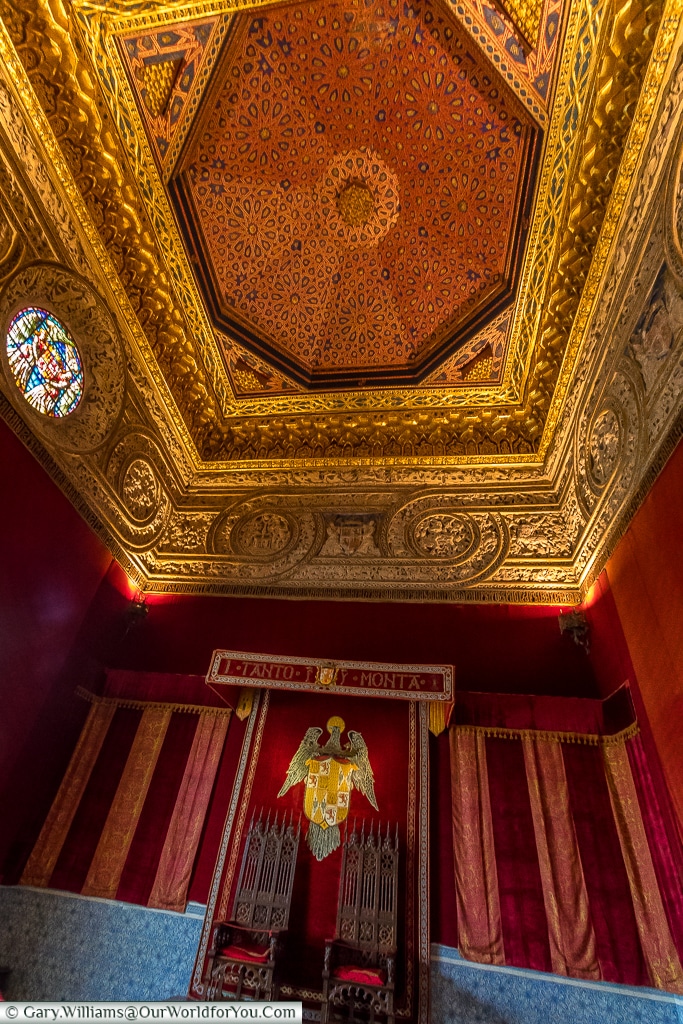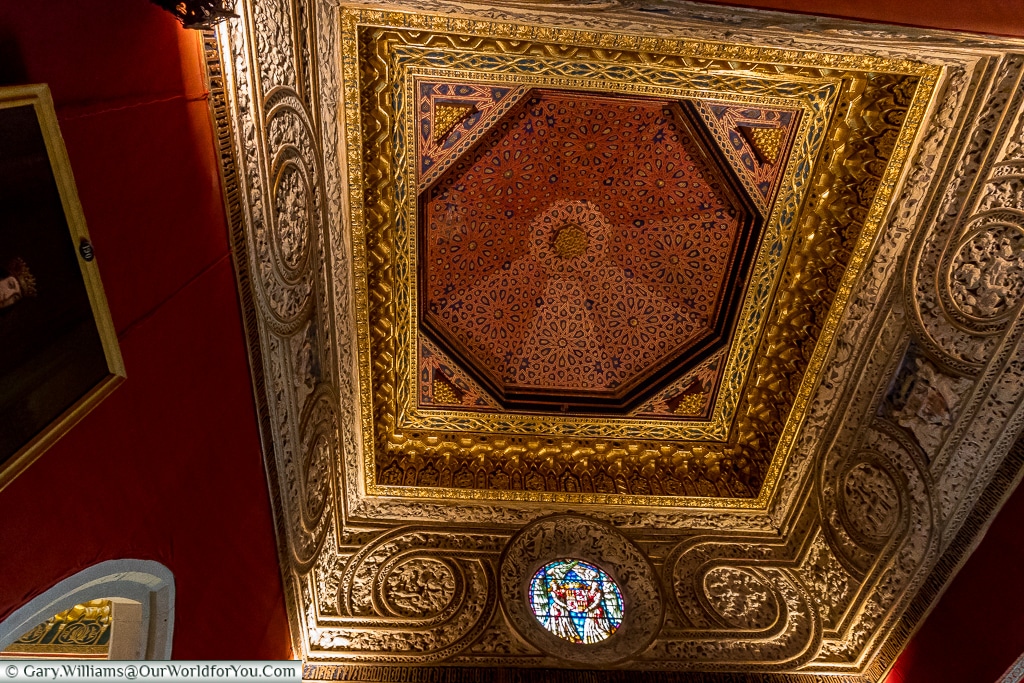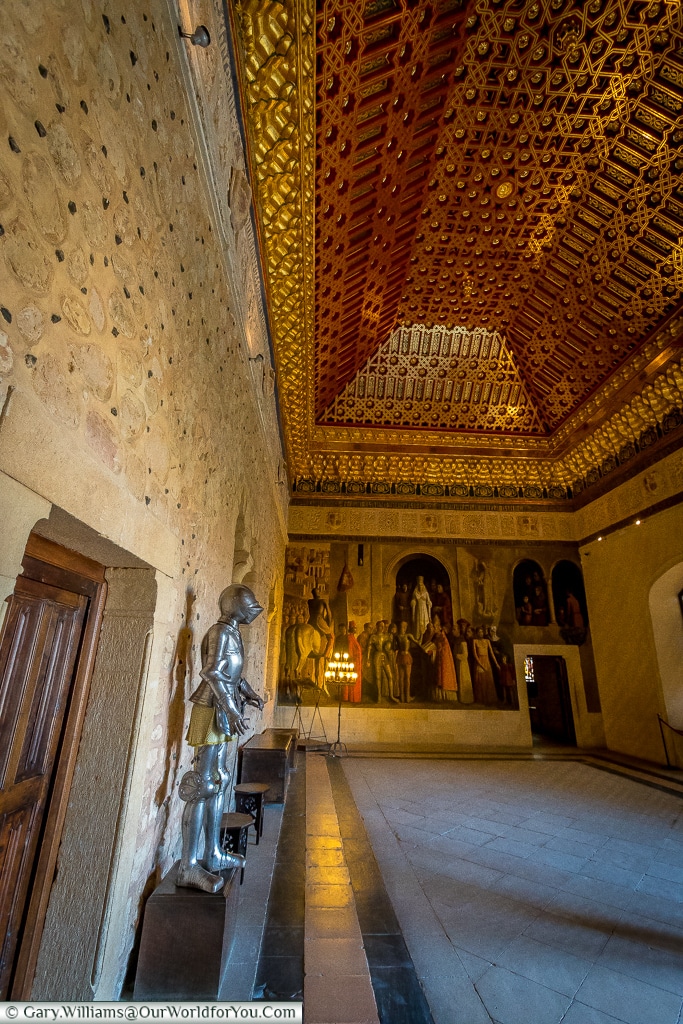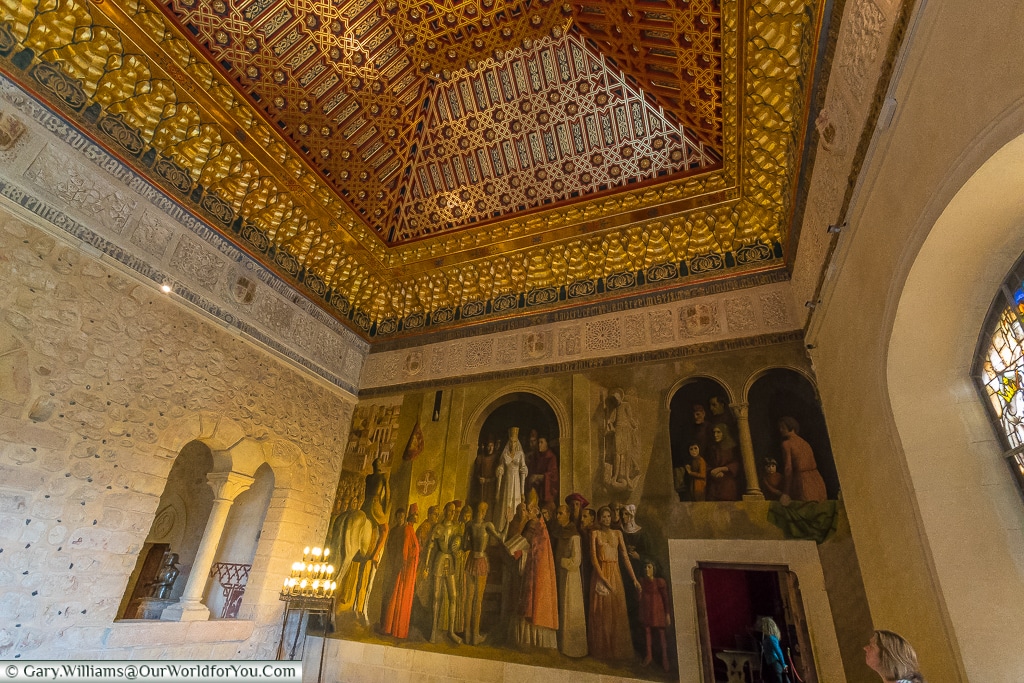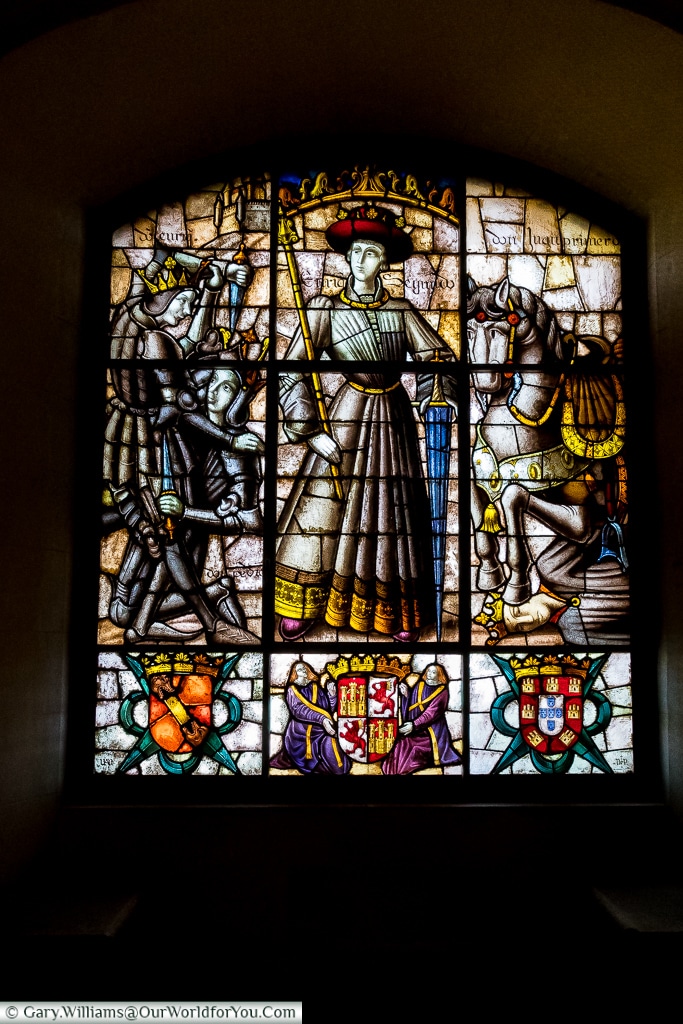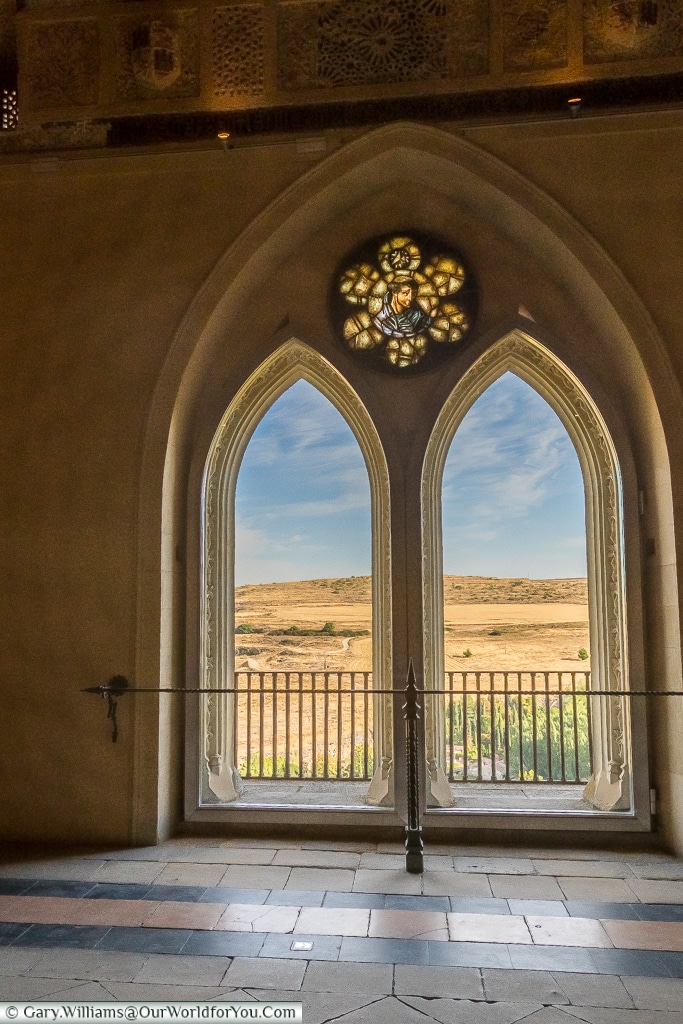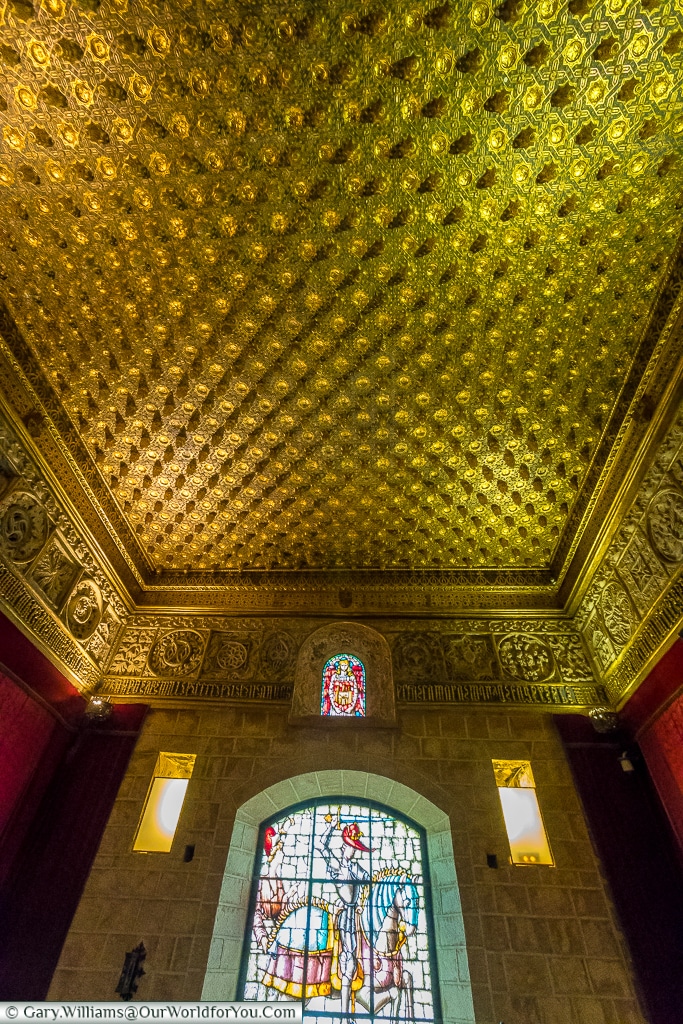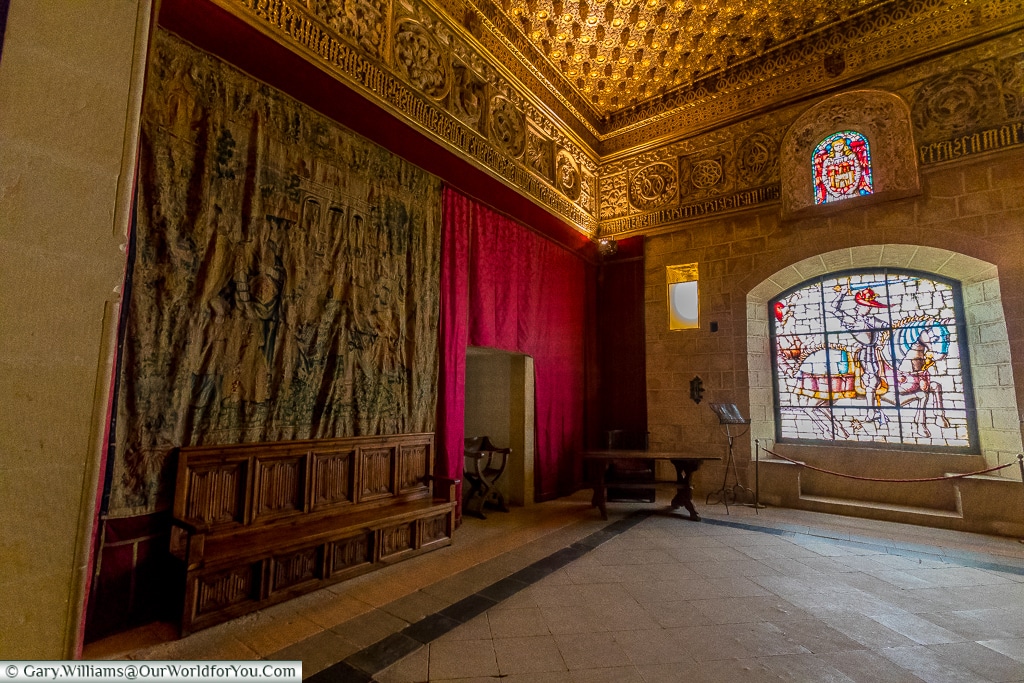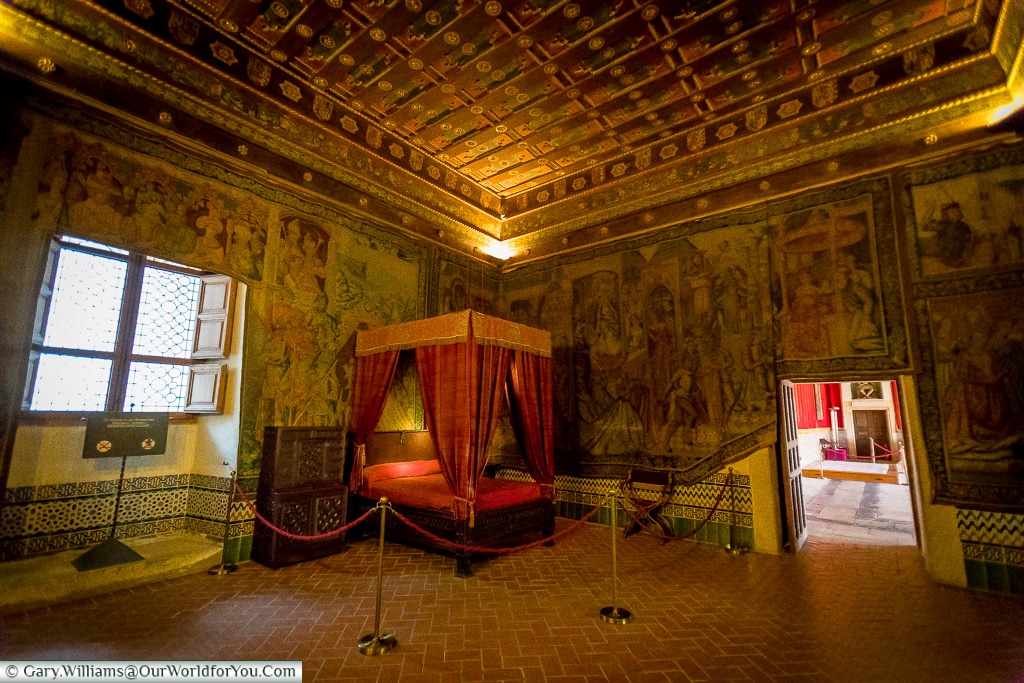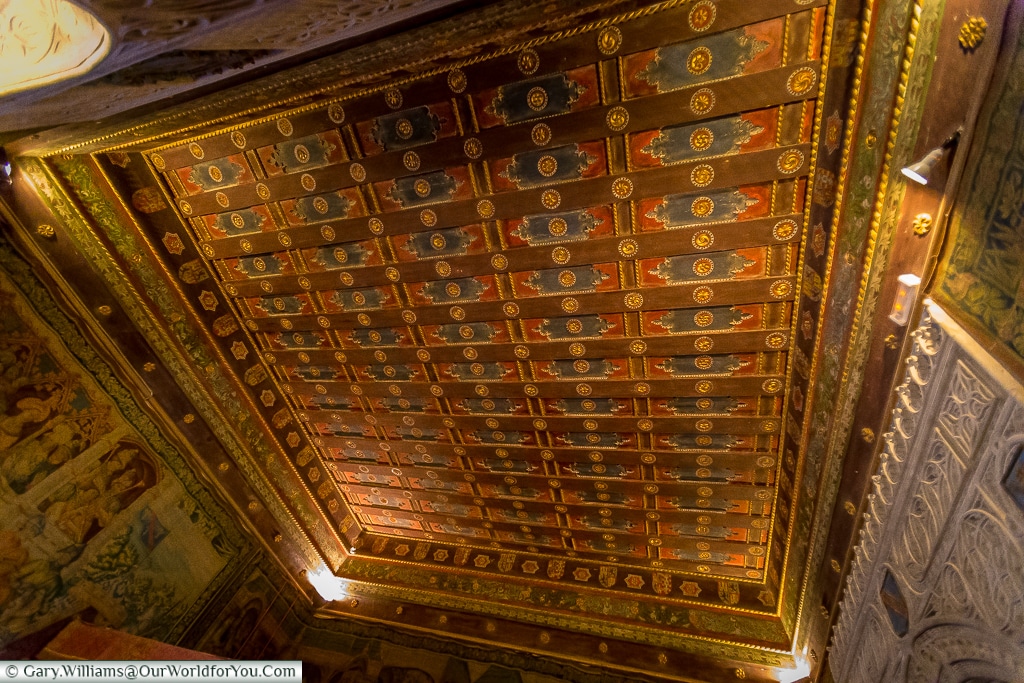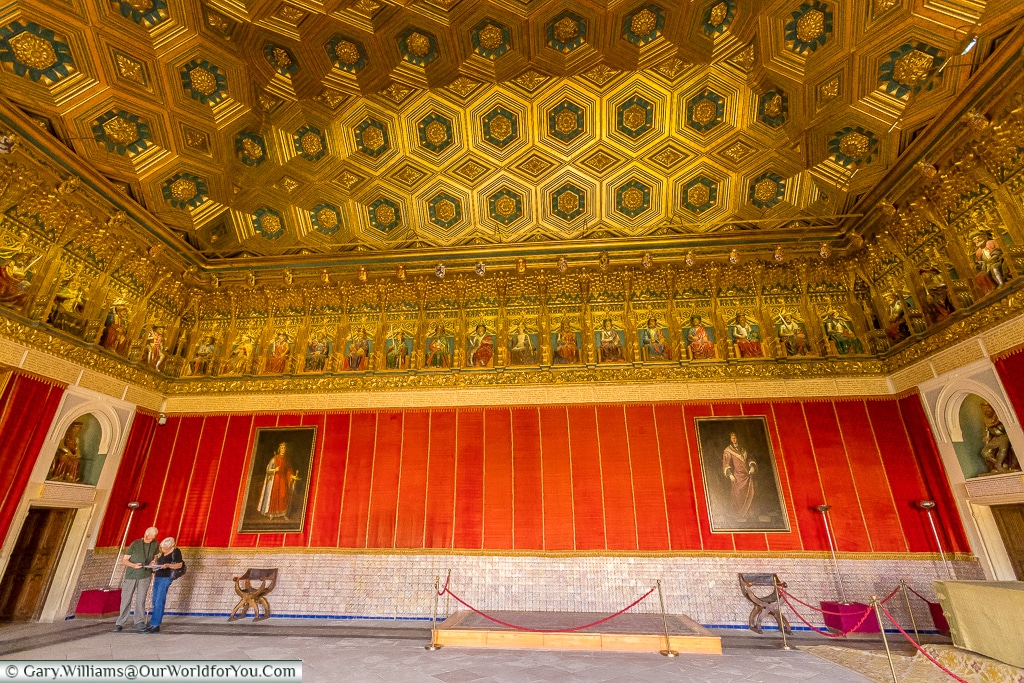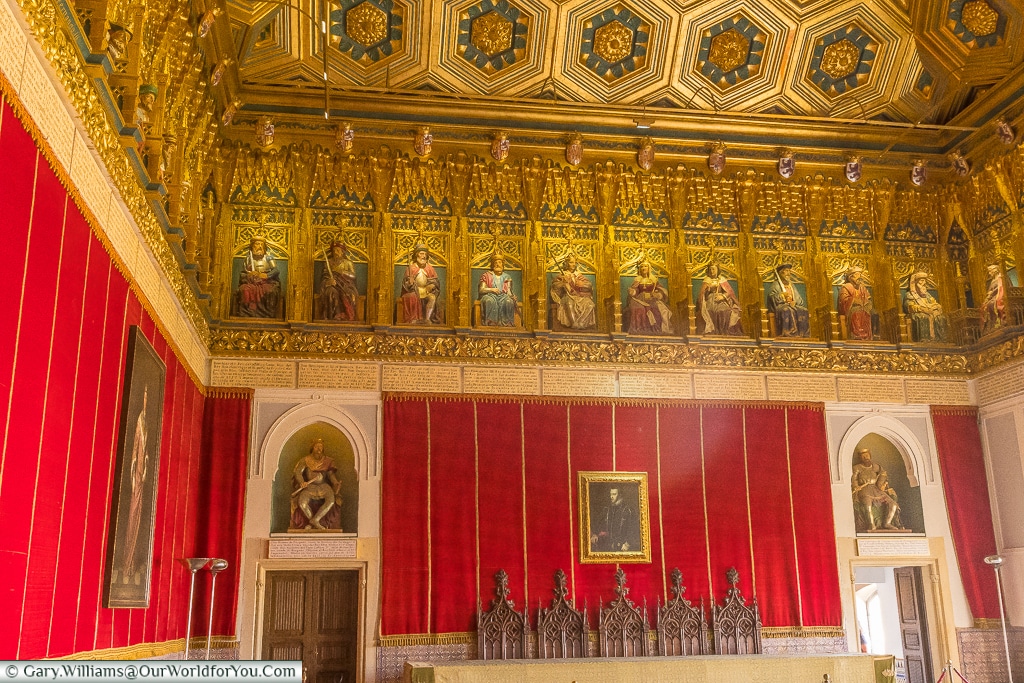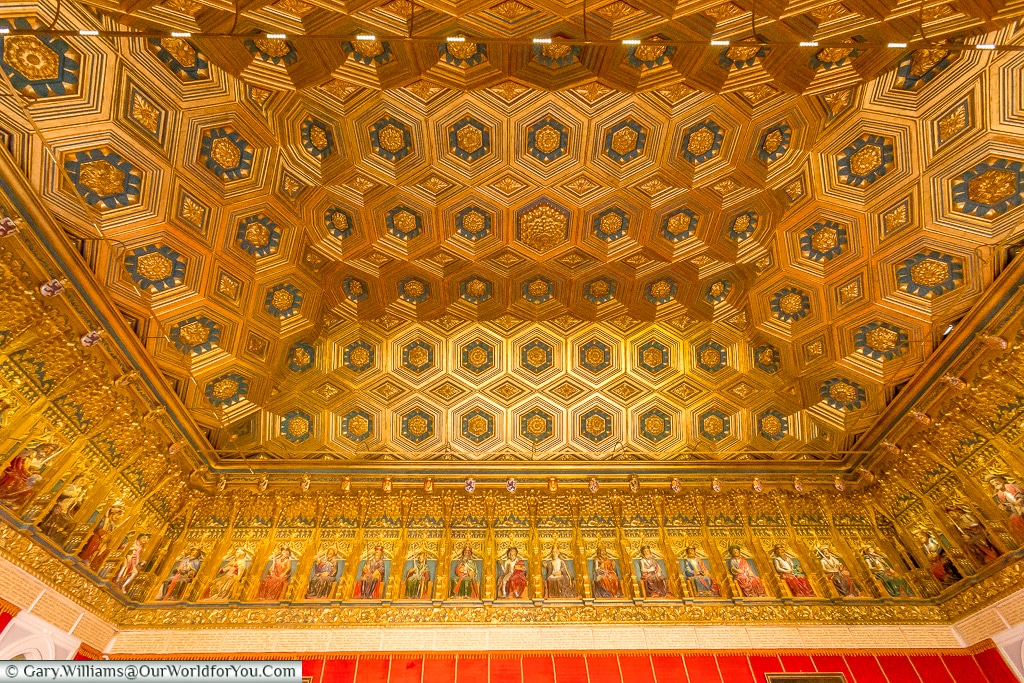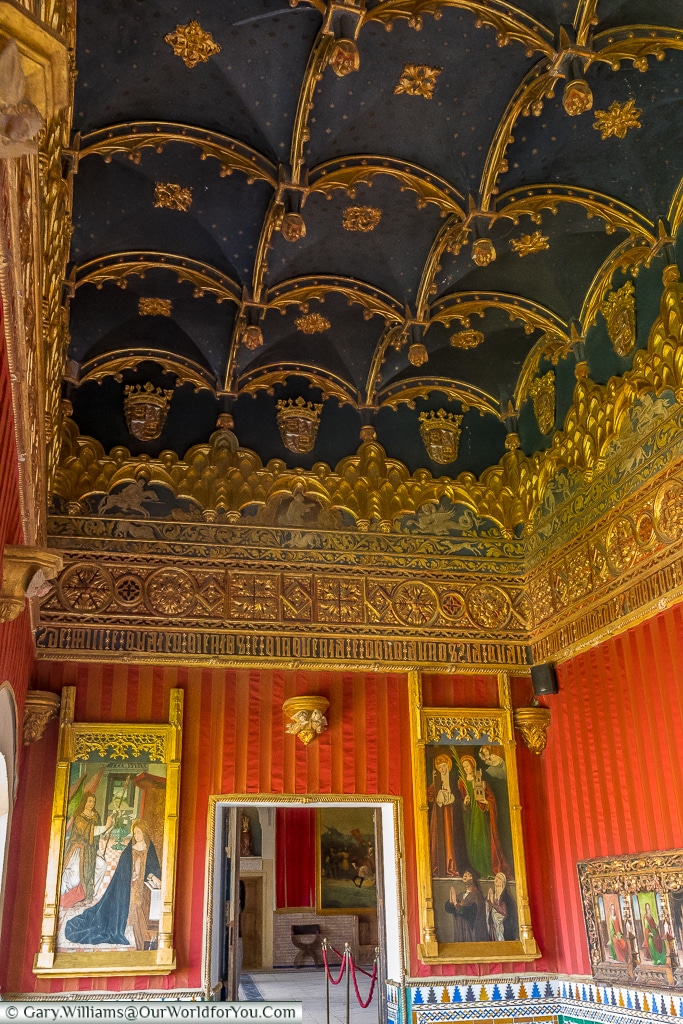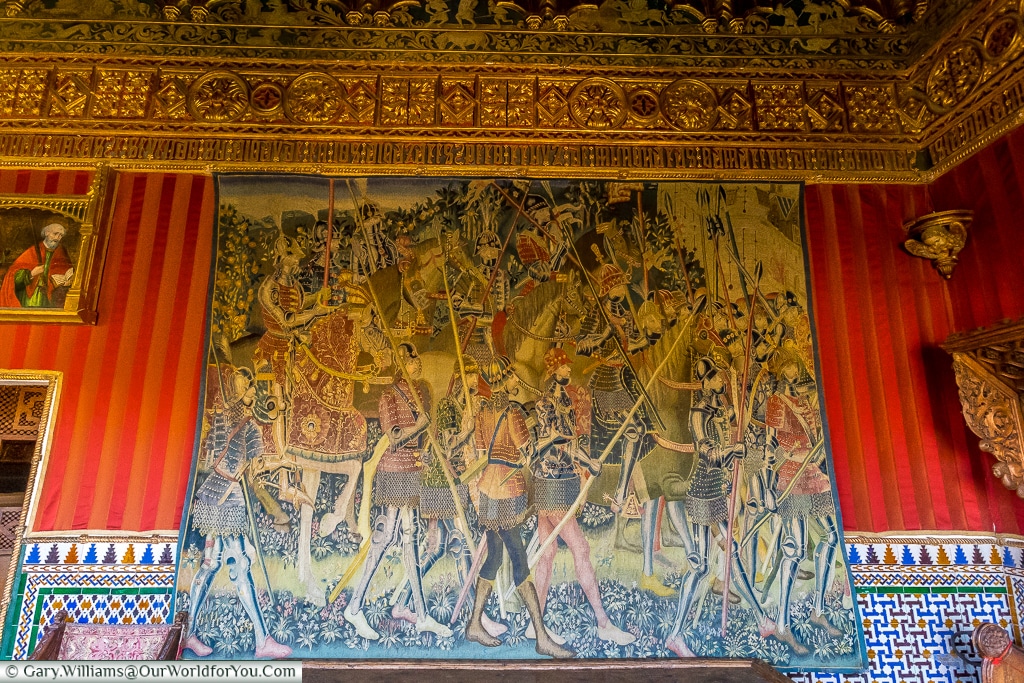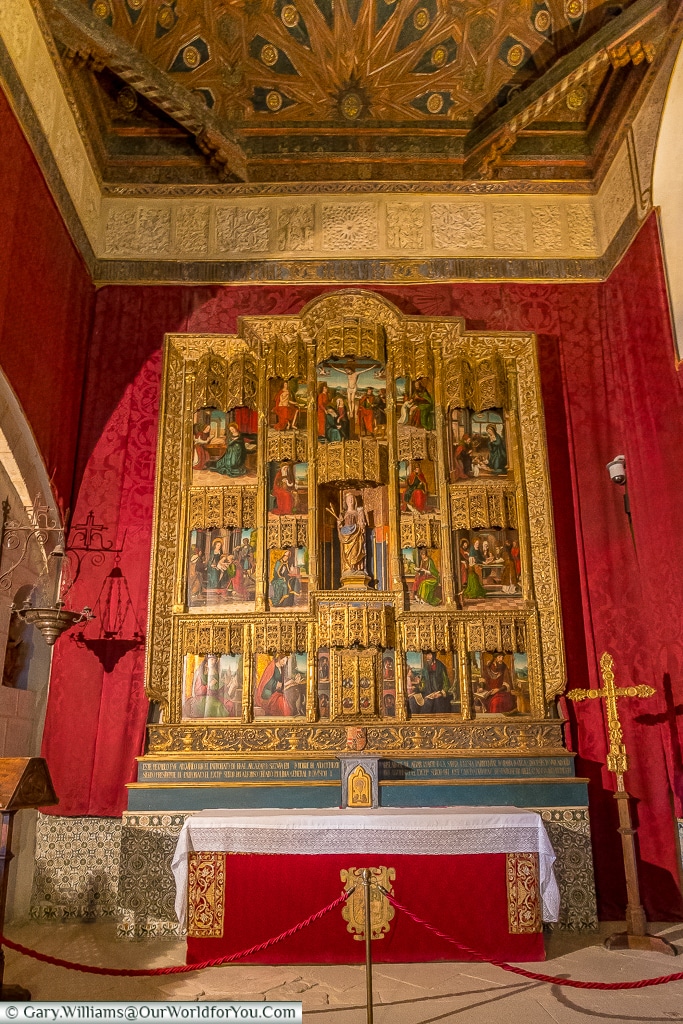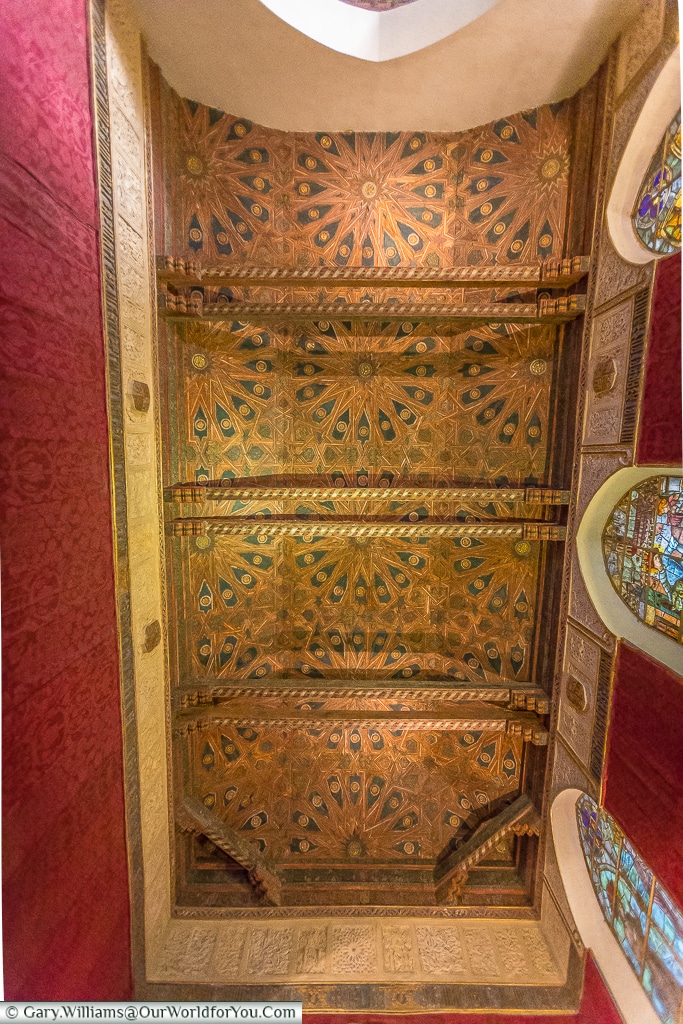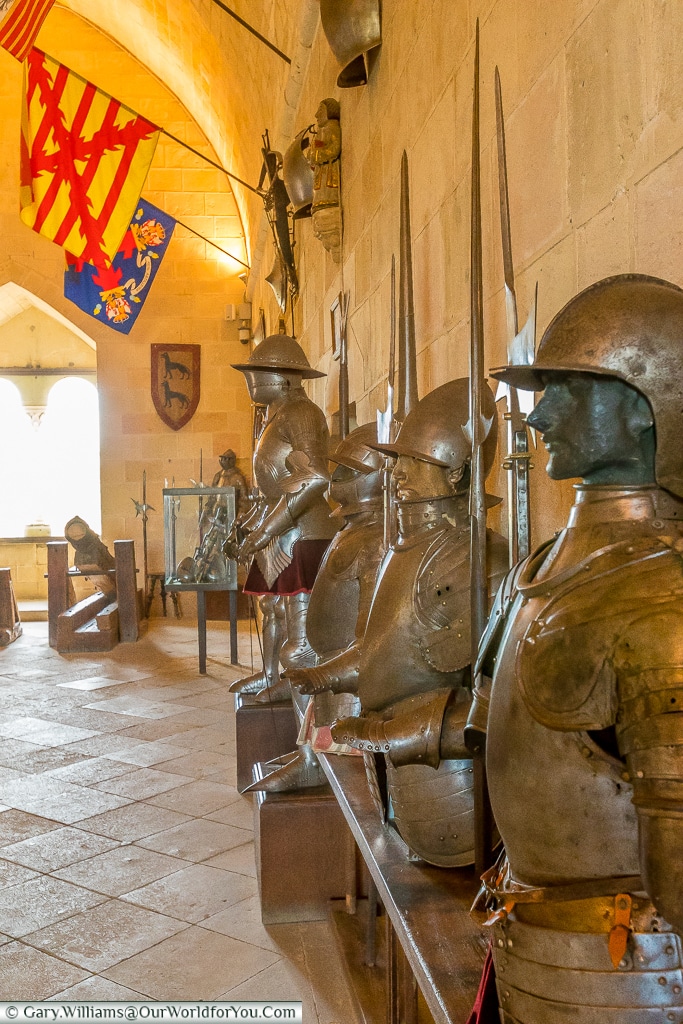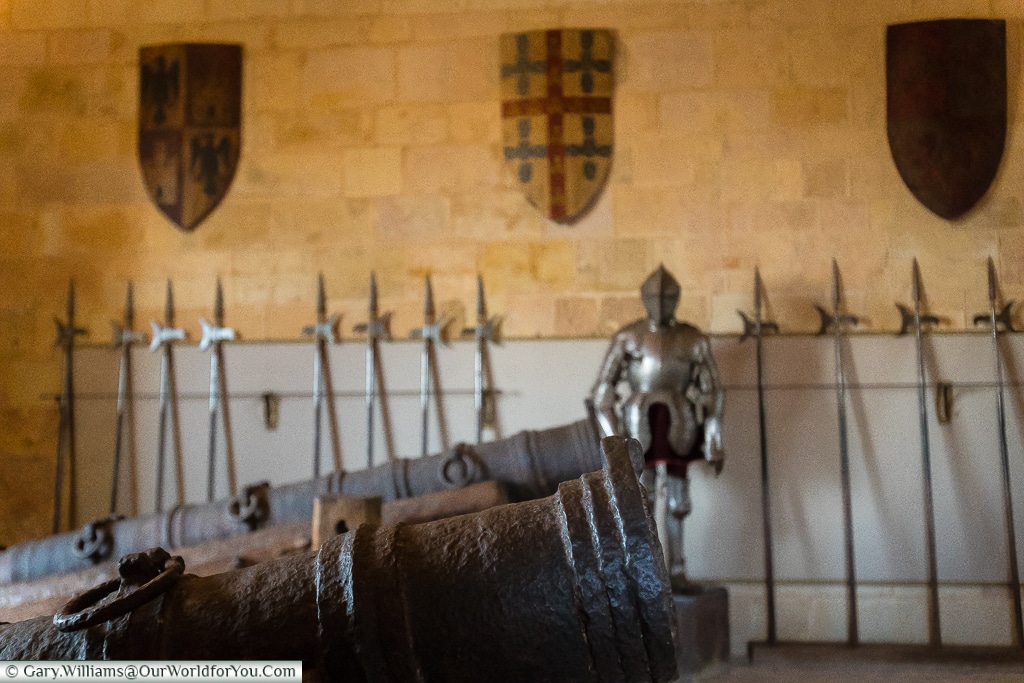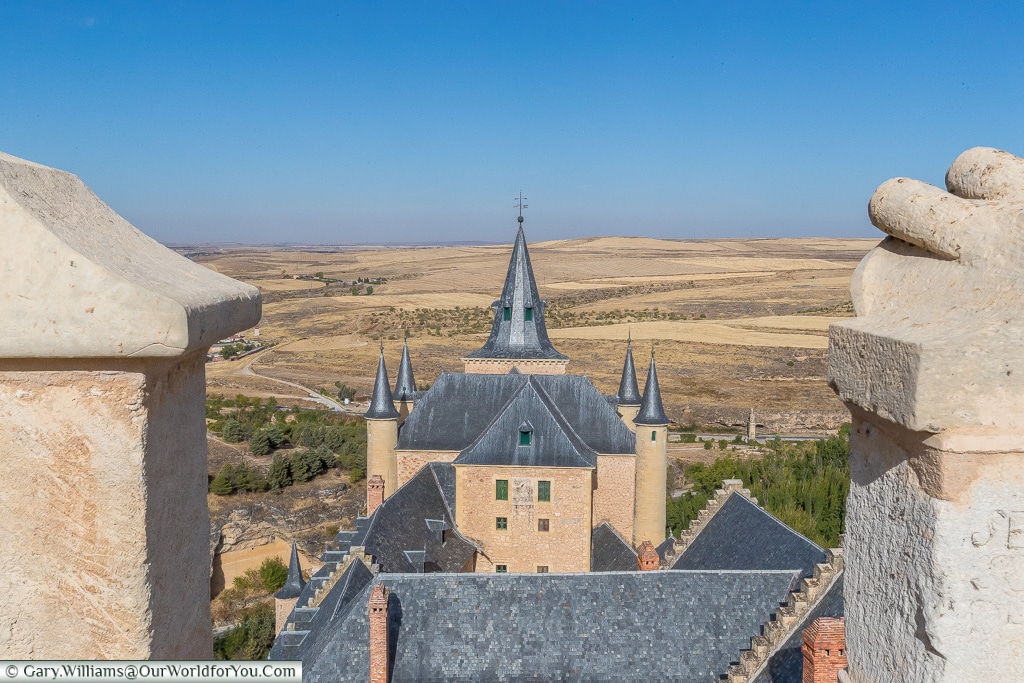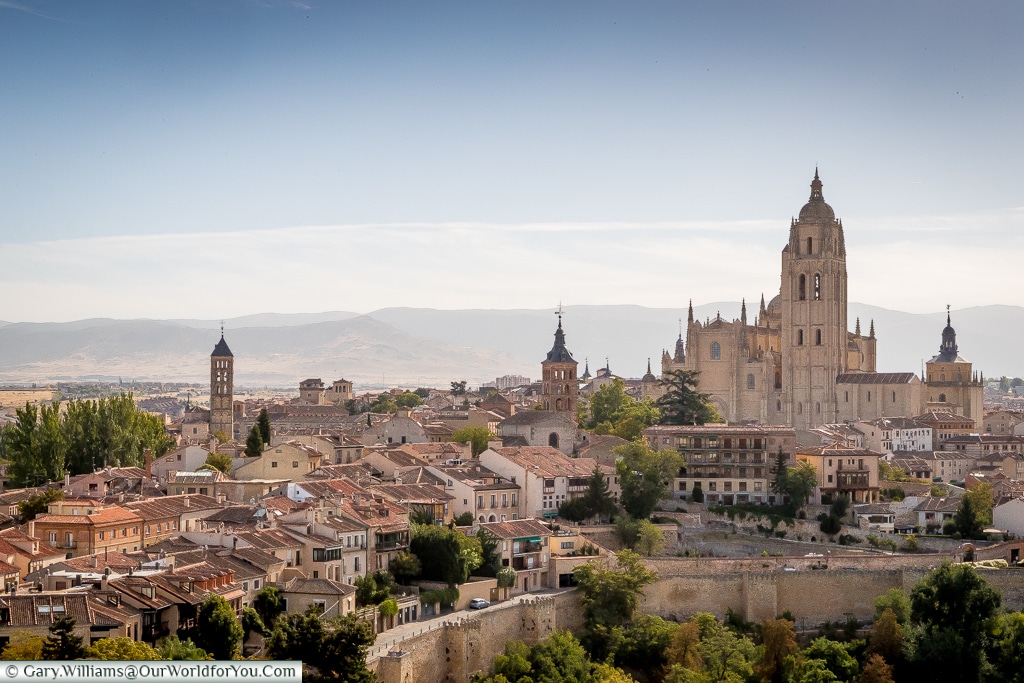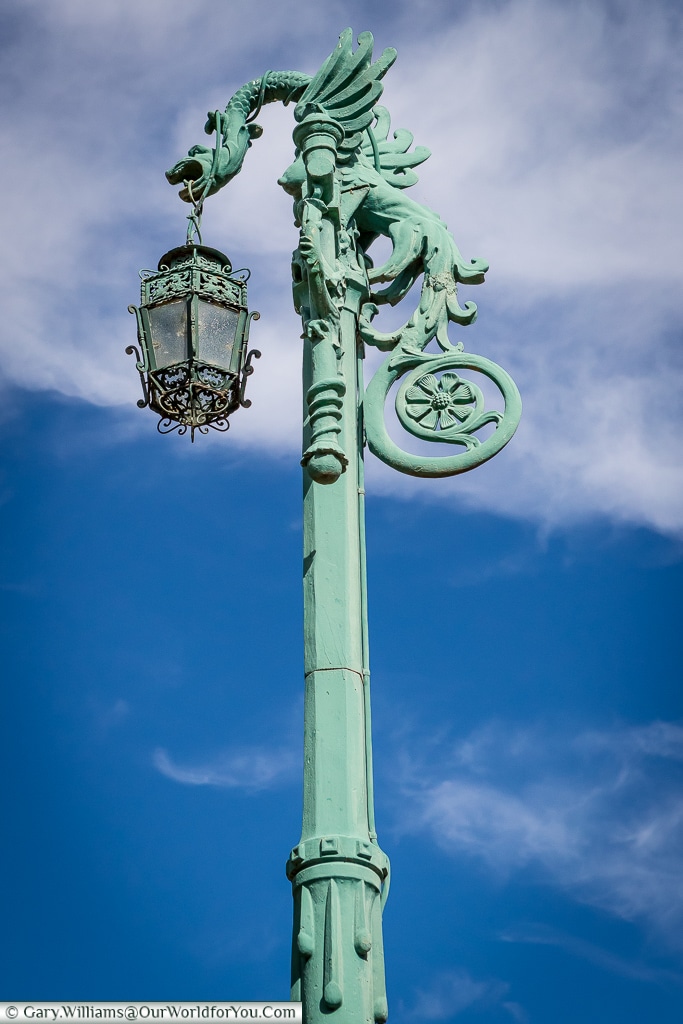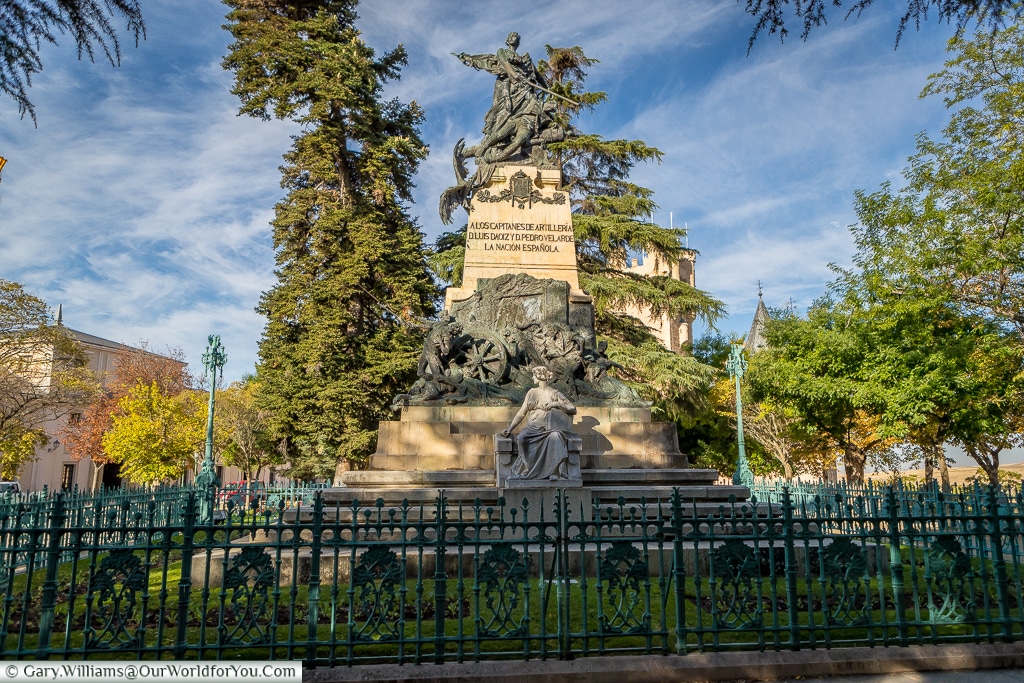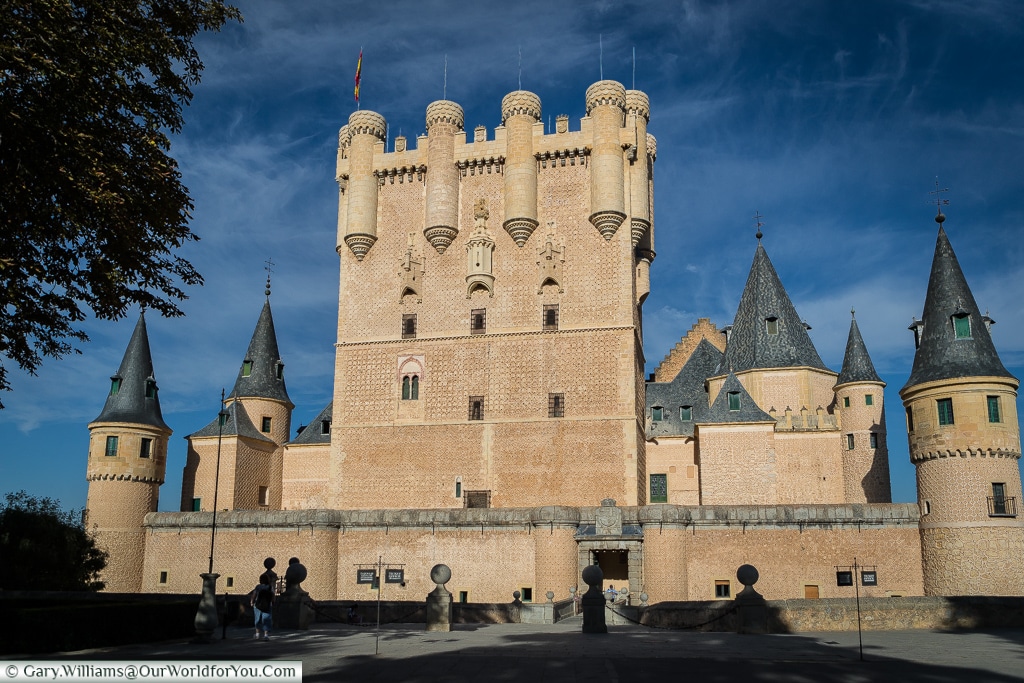
King of the castle, Segovia, Spain
A fairytale Alcázar
Towards the end of the 1st century AD, this high lying craggy rock was used by the Romans to build a fortress upon. Little evidence remains of their presence at the Alcázar today, other than the foundations.

The Romans left behind their legacy at the other end of the city of Segovia, the awe-inspiring aqueduct, which is certainly enough for one town.
From fortress to palace
During the Muslim era of Spain, a fort was built on the site of the Roman fortress. This was believed to have been a wooden structure which was subsequently replaced by a stone fortification.
King Alfonso VIII (1155 to 1214) and his wife Eleanor of England, made the fortress their principal residence. They proceeded with the early stages of the fortification that can be enjoyed nowadays.

The imposing Alcázar became a firm favourite with the crown of Castile all through the Middle Ages. It was to be the Trastamara Dynasty that had the greatest influence of the enchanted castle of today.
During the reign of King Alfonso X further parts of the Alcázar had to be rebuilt. He also instructed for the Hall of Kings to be built to house Parliament.
Tempted to?
John has a tower
However, King John II was one of the principal contributors to the Alcázar and has the main tower named after him (Tower of Juan II)
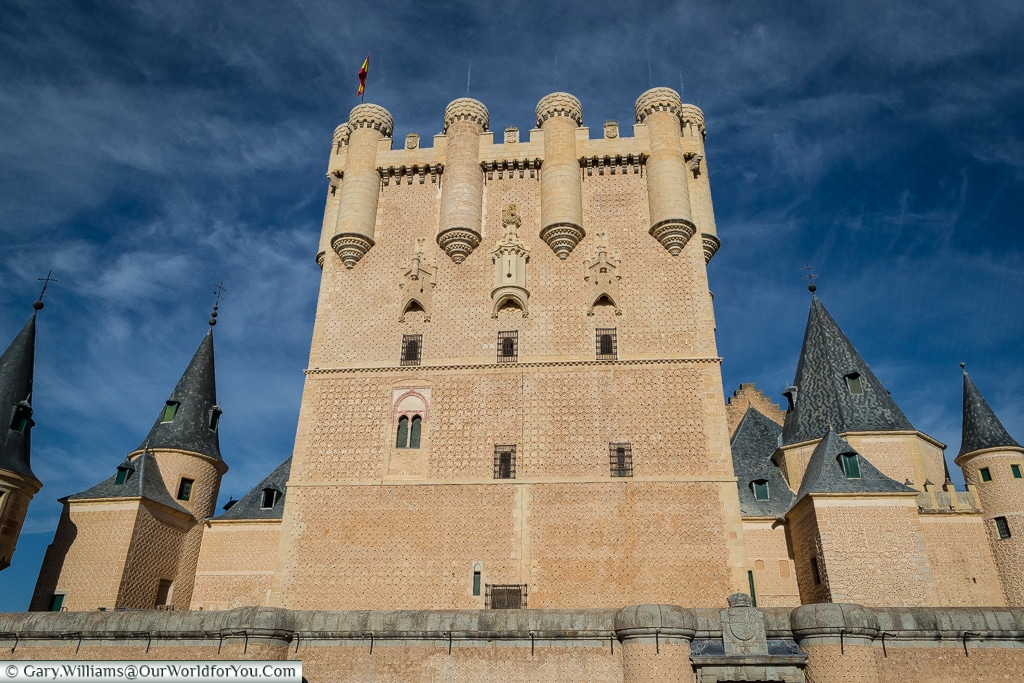
In 1474 Princess Isabella left the ramparts of the Alcázar on 13th December, for the church of San Miguel in Segovia’s Plaza Mayor, and was to return the same day as the crowned Queen of Castile.
It was to be King Philip II who had the slate spires erected to give the influence of a central European castle.
Why not?
Start creating your own Spanish adventure and discover its historical towns and cities for yourself, easyJet & British Airways are just a couple of options.
To the castle
The exterior of the castle appears to have a pink hue about it, which gives it that fairytale feel.
Just as you enter the Alcázar you cross a small bridge that spans from Plaza la Reina Victoria Eugenia, it is quite a drop if you care to look down.
Once inside you are able to wander through several of the halls and it is noticeable the different influences, from the era that they were built in.
A helpful guide
There are so many incredible places to discover in Spain and I love planning road trips. I often use the DK Eyewitness books, I find them extremely informative, easy to follow and the pictures and maps tempt you into searching for more.
We used a previous version of this book to plan our Spanish road trips, now you can grab the revised copy.
Step back in time
In the ‘Old Palace Room’ the influence is Mudéjar, which is a medieval Iberian style of decoration. The windows are of Romanesque style and used to let light into the original palace prior to the Galley Room being attached. This dates back to Alfonso X
The next room, ‘Sala de la Chimenea’, was part of the restructuring by King Philip II.
The ‘Throne Room’, built during the Trastamara Dynasty, is home to the thrones of Alfonso XIII and Queen Victoria Eugenia.
The amazing ceiling in the ‘Galley Room’ is stunning. It resembles the hull of an upside ship (hence the name). Queen Catherine of Lancaster had this room built in 1412.
Pine Cones
Well who would have thought a ‘Pine Cone Room’, which was named after the 392 pine cone carvings in the moulded ceiling. This room was built by the order of Juan II.
Shut your eyes, we are now entering the ‘Royal Bedroom’
The ‘Monarchs Room’ (Hall of Kings) is truly impressive, the ceiling is the standout feature along with a frieze depicting the monarchs of Asturias, Castile and Leon.
Going to the chapel
The small ‘Chapel’ within the Alcázar witnessed the wedding of Philip II and Anna of Austria. The painting “The Epiphany” by Bartolome Carducho (1600) is also housed in this chapel.
Up to the tower
We went for the full ticket option, so up the Juan II tower we would climb. Maneuvering around the spiral staircase, for 152 steps.
But it was worth it, the view from the top of the tower was fantastic, you could see for miles across the plains in one direction, and across the city.
In front of the Alcázar is a lovely little garden in Plaza la Reina Victoria Eugenia.
This is a very pleasant place to sit and admire the views across the magnificent Spanish landscape.
Catching it from below
When heading out of town you can get some amazing views of the Alcázar, you can see that its shape is reminiscent of that of a bow of a ship.
The Alcázar of Segovia is really worth a visit; it may be fairly small but it is fairly accessible. Unless you want to climb the tower.
Equally you don’t have to climb it you can buy separate tickets, all of which are quite reasonable.
€8 Full ticket – Palace, Artillery museum and Juan II Tower
€5.50 – Palace & Artillery museum
€2.50 – Juan II Tower
This is just one of the many reasons why Segovia Old Town has been inscribed as a UNESCO World Heritage site since 1985.
Something from Get Your Guide?
Why not check out what else is on offer through Get Your Guide.
(These options are provided by GetYouGuide.Com. We will earn a small commission, at no extra cost to you if you book through our site)
Inspired to visit Segovia?
The Alcazar is amazing on it's own, but you also have the Aqueduct, the Cathedral, wonderful squares and little lanes to explore.
Why not checkout the latest deals on Booking.Com?
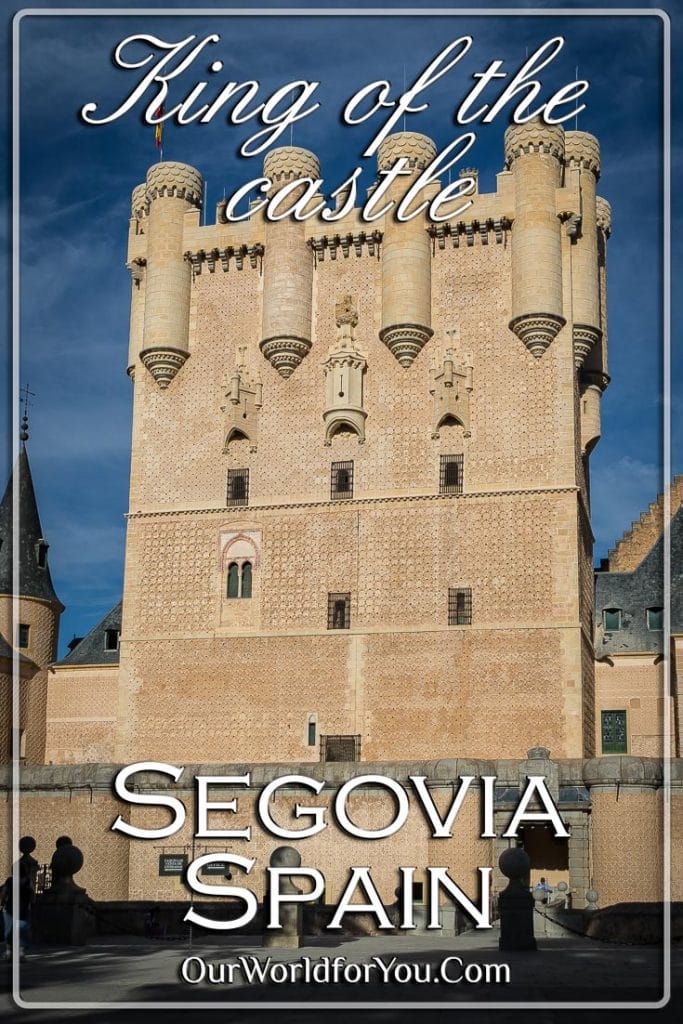
(Why not Pin It for Later?)
